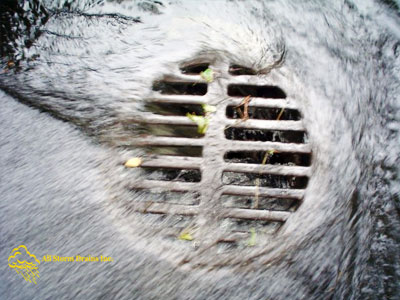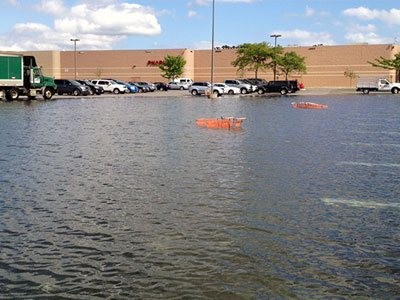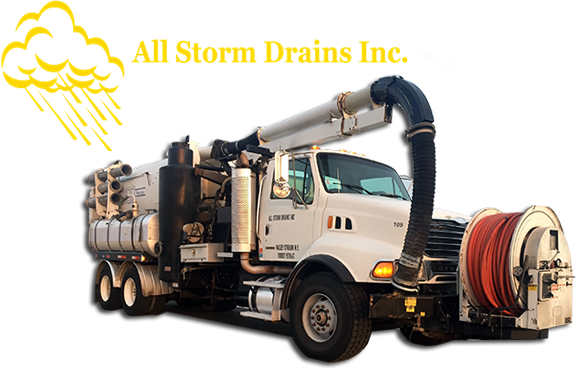Drainage Systems | AllStormDrains.com

Drainage system maintenance is necessary to prevent blocked or dammed channels causing over bank flooding, unexpected erosion, and sedimentation. Poor drainage maintenance may result in a negative impact on your business which can cost you expensive repair on damages, environmental penalties, or worse property loss. You can avoid these hassles by performing regular drain survey and implement the following preventive tips to eliminate drain blockages:
- Do not flush napkins, toilet paper, or any non-biodegradable materials to your toilet drains.
- Install mesh screens over your drains to filter hair strands and other solid wastes.
- Install a water softener to prevent mineral buildup.
- Use a fat trap to dispose of waste oils and fats.
- Do not try to dispose of unused medicines through water drains, these can harm groundwater and be toxic to the environment.
- Do not treat your drains like a trash bin, dispose of your rubbish in designated areas.
- When washing mops and other cleaning tools, rinse the dirt and mud off before you scrub it on the sink.
- If a solid item accidentally falls off on your drain systems report it immediately.
- Cover your drain opening with grills to filter plant matters.
- If you are experiencing a slow water drain contact your facilities team to investigate as soon as possible.
- If there are sudden formation of sheet ice, excavate out the ice formation to ensure water can flow away from the road area.
- Be aware of the property structure and perform regular drain maintenance.

A drainage inspection report helps trained engineers to evaluate the status of the drainage systems. It is used to present damages, causes of blockage, and solutions to mitigate the risk.
Make It Clear & Concise
A detailed report is necessary to picture out the full details of the work to be done. A paper-based drainage assessment report and manual reporting can be cumbersome to do.
It Should Be Easy To Disseminate
Compiling inspection findings in a report and sharing them with the organization is a long process and has the likelihood of mistakes and problems due to neglect.
Compiling inspection findings in a report and sharing them with the organization is a long process and has the likelihood of mistakes and problems due to neglect.
Can Easily Assign Corrective Actions
The objective of drainage inspections is to alleviate the risk immediately to avoid extensive damage cost. With the traditional pen and paper drainage reporting, it will take time for the assigned engineer to contact or request for additional staff to proceed with the repair.
Drainage Inspection Checklist
- A drainage inspection checklist is a tool used by trained engineers to evaluate drain problems and document the nature of the incident. This has been built to perform the following:
- Supply the general information including pipe length, size, and ownership;
- Identify the nature of the incident and consequence of the problem;
- Capture and annotate photo evidence and attach detailed notes;
- Document the action and outcome of work;
- Assign corrective actions for immediate rectification;
- Provide overall recommendations; and
- Sign-off with a digital signature to validate the inspection.




Comments
Post a Comment